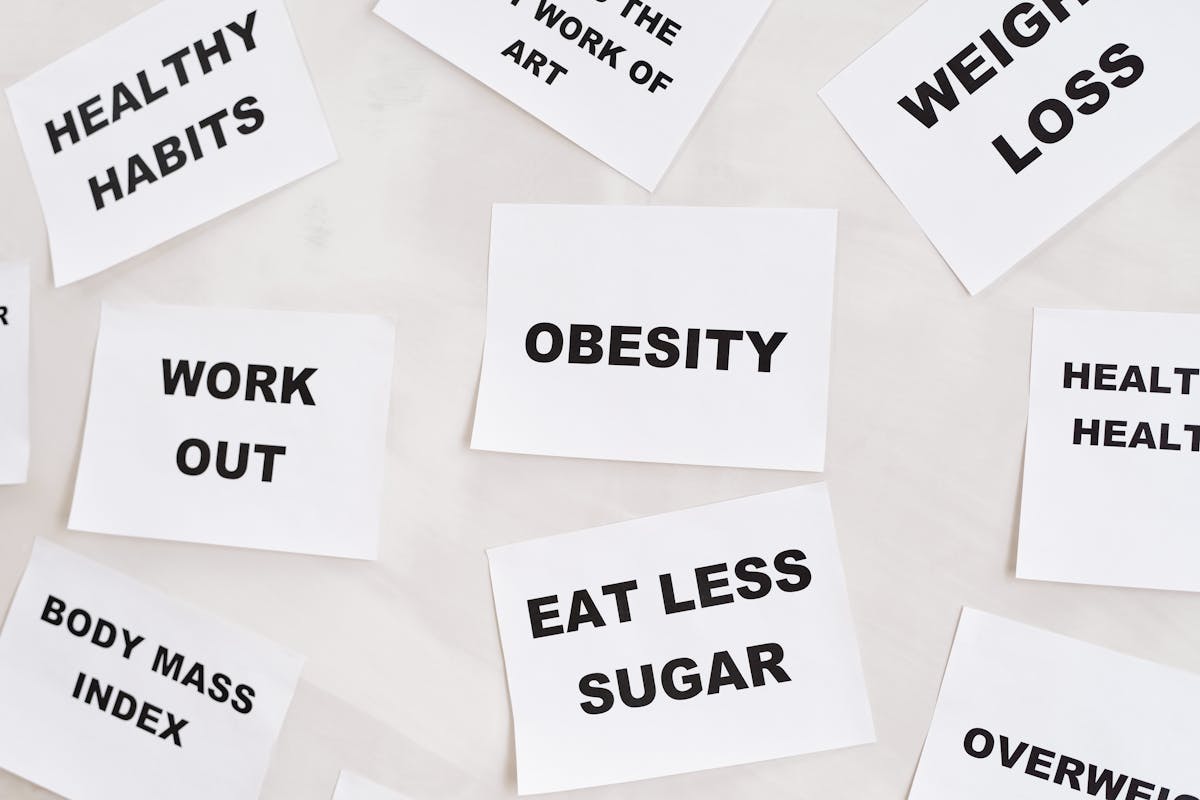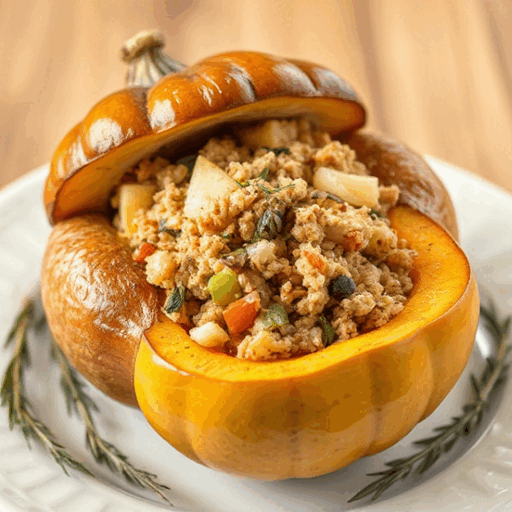What are the Collagen-rich foods?
Collagen is a body-produced fibrillar protein that gives elasticity and…

When it comes to miracles in nutrition, the most popular practice is probably intermittent fasting. After all, if the goal is to lose weight, all you have to do is go a long time without eating, right? The answer is NO!
With the aim of regulating the food menu and achieving quick results, this eating style has become the most sold and publicized option on the internet, especially because the proposal is interesting, but it is not guided in the right way.
Intermittent fasting is a method that requires medical supervision and can only be done on a few days a week, so that the metabolism understands the caloric restriction it is carrying out. As a result, the body uses up the energy reserves that are stored in the form of fat, facilitating weight loss .
But in practice, this is not exactly how it works. The method ends up being used solely and exclusively as a restrictive diet , reducing daily calories as much as possible in order to lose weight. And such radical attitudes can compromise the body’s vital functions.
To help you understand intermittent fasting and avoid falling into traps, check out what this eating style is, who can do it and how to use it efficiently in the weight loss process. Follow along .
Intermittent fasting is nothing more than a method that helps with weight loss. To do this, meal times are organized, alternating between fasting periods and eating periods. This allows the body to use its energy reserves and lose body fat.
If you want to achieve these goals, there is a functional eating schedule that is structured according to your individuality . This organization is done so that your routine does not undergo drastic changes and you can still achieve your weight loss goal by adopting the practice.
In the method, there may be variations in fasting times, so it is necessary to analyze the objective together with the reality in which it is inserted, so as not to go hungry or sabotage the project.
It is important to remember that intermittent fasting techniques do not characterize it as a diet, therefore, it requires attention when being done, as it cannot exceed two days a week.
For a person to use intermittent fasting efficiently, it is important to follow the eating schedule. After all, there are no restrictions on what to eat; the focus is on following the times of each meal in a regulated manner.
In practice, it is possible to fast on some days of the week with intervals of 10 to 24 hours between meals . The best strategy will be based on the patient’s adaptation and health history.
This is because feeding windows occur after many hours of fasting. And going too long without eating should not be an attitude that everyone should adopt, after all, it can compromise some functions of the body.
Finally, it’s miles vital to notice that there aren’t any dietary regulations within intermittent fasting. The critical component is to devour carefully at the approved times. The simplest exception is calorie-free beverages, inclusive of water, teas and coffees, which may be ate up at any time of the day.
There are several variations inside intermittent fasting, and every one will rely on your desires and adaptableness. Remember that it’s miles crucial no longer to overdo the feeding windows and to have a steady exercise recurring to keep the outcomes of this approach.
Below are 3 types of intermittent fasting:
The 5:2 intermittent fasting pattern is a very restrictive method that involves eating only 25% of your normal calories on up to 2 non-consecutive days of the week.
If a person is on a ordinary 2,000-calorie weight loss program, intake at some stage in the feeding window is up to 500 calories. On different days, consumption is free, so long as it is in moderation.
The 16:8 pattern is a form of fasting where one fasts for sixteen hours continuously during the day. Usually, the last meal is at eight pm and the next one best occurs at lunch, starting at 12 pm.
Here, the eating window is 8 hours, with regular calorie consumption. It is also the most sought-after method by those who want to lose weight and use the method as a weight loss tool.
Complete intermittent fasting is done by alternating total fasting days (24h) with free days eating whatever you want . During the fasting period, only the basic intake of non-caloric liquids is allowed.
This is a more intense strategy, so it is not allowed to exceed more than 2 days a week. Some experts recommend only once a month, so seek professional support to avoid harming your health!
Because it is a diet method that includes rules and schedules in your routine, it is common to assume that intermittent fasting is only recommended for those who are trying to lose weight or want ‘faster’ results.
The method described should be adopted by people who have already adapted to dietary reeducation or have been following a balanced diet for some time, as they already have a well-defined relationship with food and know the proportion of each food group in each meal (carbohydrates, fats and proteins).
Now, if a person does not practice physical activity and does not have a healthy diet, intermittent fasting can be harmful, causing effects such as tiredness, irritability, mood swings and other problems.
And if you have any of the conditions below, you SHOULD NOT adopt the practice either:
This method must be prescribed by professionals, so don’t look for recipes on the internet to obtain miraculous results.
If you are a controlled person and are determined to improve your relationship with food, it is possible to have many benefits with this practice. However, you need to follow what has been prescribed and not overdo it, after all, methods do not work miracles.
To inspire you, below are some of the many benefits of intermittent fasting:
There is no single food or technique that guarantees weight loss . This is only possible with a healthy diet combined with physical exercise, especially because you need to control what you eat and burn off excess accumulated energy.
Intermittent fasting is just one of several techniques that can help with weight loss, but, taken alone, it does not guarantee any benefits.
Even before using it in your routine, you must first eat responsibly, ensuring a decent intake of nutrients and minerals, in order to eat efficiently during the intermittent fasting windows.
Weight loss is a set of techniques and practices , and fasting may be one of the available ones for you. However, if you do not use it wisely, the rebound effect will occur and the fat loss process will be nullified.
It is worth remembering that there are serious consequences of fasting without the supervision of a professional, so to avoid malnutrition, binge eating, dehydration, difficulties in daily life, hypoglycemia and other problems, have qualified support when adopting the methods described.
Collagen is a body-produced fibrillar protein that gives elasticity and…
Blog by Sherry Larson The Power of Fasting: How It Enhances Metabolic Flexibility and Overall Health Fasting has…
Blog by Sherry Larson The Truth About RFK Jr. and His Fight for Health Freedom In the political…
Blog by Sherry Larson Signs of Nutritional Deficiencies and How to Fix Them A well-balanced diet is essential…
Blog by Sherry Larson The Ultimate Guide to Anti-Inflammatory Foods for Better Health Inflammation is…
Blog by Sherry Larson How to Support Your Hormones Naturally: A Holistic Guide Hormones play…
Blog by Sherry Larson The Hypocrisy of Pinkwashing: Why Companies Should Remove Harmful Ingredients Every year, during Breast…
Blog by Sherry Larson Why Your Doctor Should Help You Get OFF Medication, Not Keep You On It …
Blog by Sherry Larson The Thin Line Between Misinformation and Silencing Truth: A Deep Dive into Market Transparency …
Blog by Sherry Larson Herbs in Witchcraft & Medicine: Ancient Wisdom Meets Modern Science Throughout history, herbs have…
copyright © 2025 Anti-Inflammatory Approach. All rights reserved. Unauthorized reproduction, distribution, or use of any content, including text, images, recipes, or other materials on this website, is strictly prohibited without prior written permission. This website’s content is provided for informational purposes only and does not constitute medical or professional advice.


This $1 anti-inflammatory cookbook is packed with simple, tasty recipes to reduce inflammation and improve energy. Don’t miss out—get it now on Amazon!